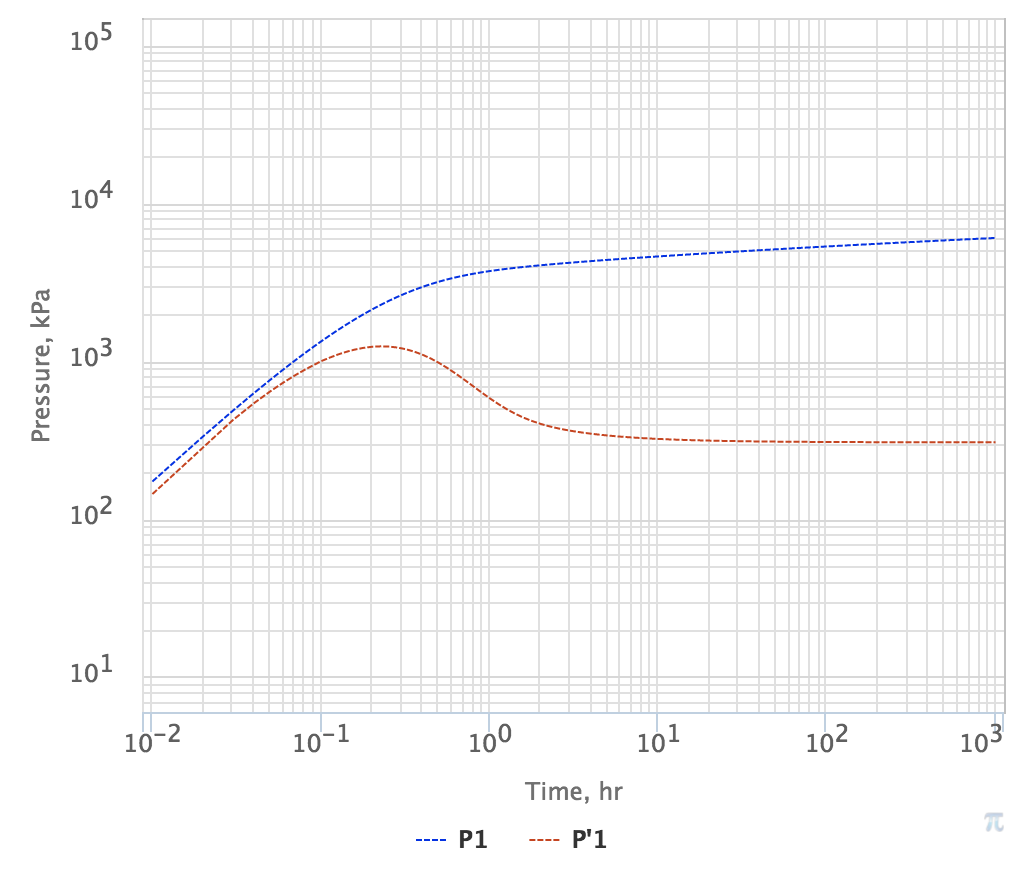Motivation
In many practical cases the reservoir flow created by well is getting aligned with a radial direction towards or away from well.
This type of flow is called radial fluid flow and corresponding pressure diffusion models provide a diagnostic basis for pressure-rate base reservoir flow analysis.
Although the actual flow may not have an axial symmetry around the well-reservoir contact or reservoir inhomogeneities (like boundary and faults and composite areas) but still:
- the dominant part of wellbore and reservoir pressure variation is usually radial-flow or linear-flow and the two represent the basis for Pressure diffusion analysis
- in most practical cases the long-term correlation between the flowrate and bottom-hole pressure response can be approximated by a radial flow pressure model
Inputs & Outputs
| Inputs | Outputs | ||
|---|---|---|---|
q_t | total sandface rate | p(t,r) | reservoir pressure |
{p_i} | initial formation pressure | {p_{wf}(t)} | well bottomhole pressure |
\sigma | transmissibility | ||
\chi | pressure diffusivity | ||
Physical Model
| Radial fluid flow | Homogenous reservoir | Infinite boundary | Zero wellbore radius | Slightly compressible fluid flow | Constant rate | Constant Skin |
|---|---|---|---|---|---|---|
p(t, r) | M(r, p)=M =\rm const \phi(r, p)=\phi =\rm const h(r)=h =\rm const c_r(r)=c_r =\rm const | r \rightarrow \infty | r_w = 0 | c_t(r,p) = \rm const | q_t = \rm const | S = \rm const |
Mathematical Model
Applications
See also
Physics / Fluid Dynamics / Radial fluid flow
[ Line Source Solution (LSS) @model ]
[ Linear Flow Pressure Diffusion @model ]
